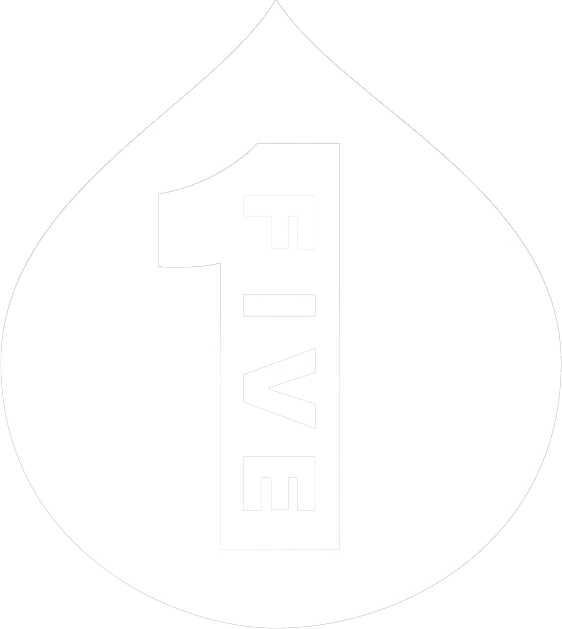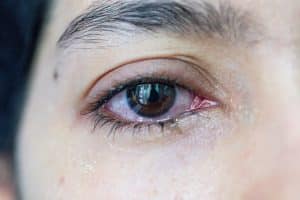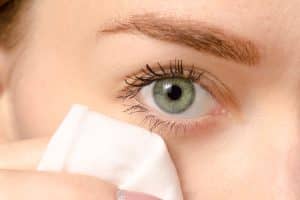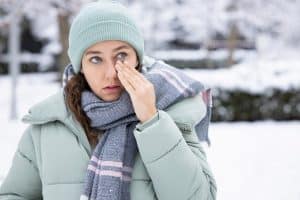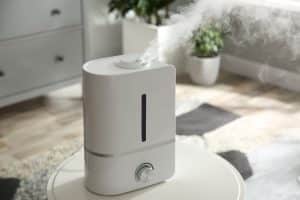Although it’s rarely a serious condition, hay fever can have a big impact on your day-to-day life.[1] From sneezing and coughing to a runny nose and watering eyes, the symptoms of hay fever can be very distracting, making it hard to concentrate on your work, studies or errands. They can even keep you from fully enjoying your leisure time.
Sound familiar? Keep reading to learn more about how to treat hay fever so you can get back to enjoying your time outside.
How to treat hay fever
As things stand, there is no official ‘cure’ for hay fever.[1] However, there are certain medications, such as antihistamines, which can be used to suppress the immune system temporarily in order to alleviate the allergic reaction which causes hay fever symptoms. That being said, it’s important to note that some antihistamines can make you drowsy and are unsuitable if you need to drive, so always refer to the relevant product information and check with a pharmacist if you’re unsure.[2]
Apart from suppressing the immune system, the main treatment option for hay fever is to treat the individual symptoms. This means that there’s no one set treatment plan for all hay fever sufferers, as different people experience the condition in varying ways. For instance, some people sneeze a lot and have a runny nose, whereas others experience a sore throat and coughing.
If you often experience different symptoms from day to day, it may help to have a small kit of symptomatic treatments with you when you go out and about. This could include:
- Lozenges or throat sprays for sore throats
- Decongestants to relieve blocked noses
- Tissues for runny noses and sneezing.
You could also include a packet of antihistamines in case you forget to take one before you leave the house. It’s important, however, not to take more than the packaging advises, as this could cause adverse effects.[2]
But what should you do if you’re out and about and you haven’t got any treatments with you? Well, it’s likely that you will experience symptoms, but you may be able to lessen them with certain techniques. These include:
- Wearing wraparound sunglasses and/or hats to try to keep pollen away from your face
- Applying petroleum jelly around your nostrils to trap pollen before you can inhale it
- Avoid areas where there are lots of plants
- Get inside if possible and close any doors or windows to reduce the amount of pollen entering the space.
If you are able to get home, it can also be helpful to take a shower and change your clothes so that any pollen you’ve accumulated while outside is removed from your immediate vicinity.[1]
How to help sore eyes from hay fever
Another common symptom of hay fever is having sore, watery eyes. This is usually caused by pollen getting into your eyes and irritating the surface in much the same way an eyelash might do. Your eyes then water to try and flush out the irritant.
Nobody wants to have to keep mopping their eyes all day long, especially if something important, such as a work meeting or a date, is coming up. Watering eyes can make it harder to focus and may give you blurred vision, which can impact your work or daily tasks. Irritation can cause redness of the eyes, which can also be undesirable if you’re trying to look your best.
Fortunately, you can treat this sign of hay fever with a simple, portable option you can easily carry on your person or in a bag. Eye drops such as TheraTears® Irritation and Redness Eye Drops are specially designed to relieve these key signs of irritated eyes, containing Euphrasia to brighten the whites of your eyes while hyaluronic rehydrates your tear film.
Hay fever can be a pain to deal with, but with a little preparation, you can be ready to alleviate the side effects sooner rather than later and get back to enjoying the outside world. If your hay fever symptoms are severe enough to keep you from leaving the house at times of high pollen despite treatment, speak to a pharmacist or doctor about what you can do to take control of the condition.[1]
Resources:
[1] – https://www.nhs.uk/conditions/hay-fever/
[2] – https://www.allergyuk.org/types-of-allergies/hayfever/

